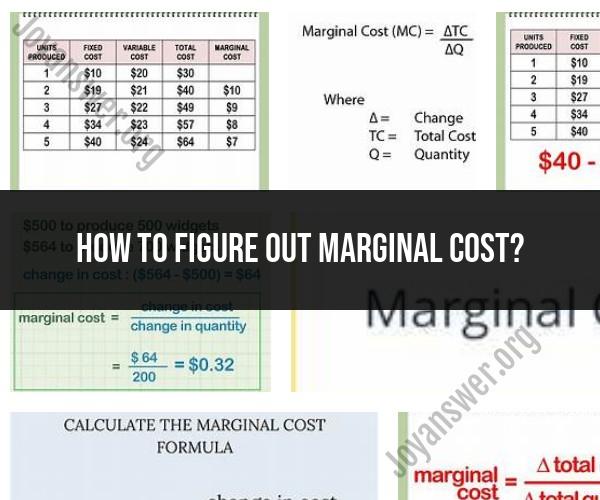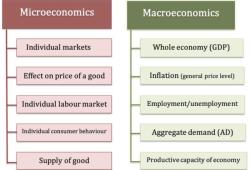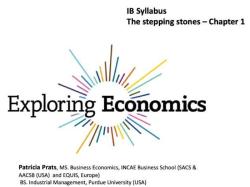How to figure out marginal cost?
To figure out the marginal cost (MC) of producing one more unit of a good or service, you can follow these steps:
Determine Total Cost (TC): First, you need to know the total cost of producing the current quantity of units. Total cost includes both fixed costs (costs that don't change with the level of production) and variable costs (costs that vary with the level of production).
Produce One More Unit: Imagine that you are going to produce one more unit of the product. This is the unit for which you want to calculate the marginal cost.
Calculate New Total Cost (TC+1): Calculate the total cost of producing one more unit (TC+1). This includes all costs associated with producing the additional unit, both fixed and variable.
Subtract Previous Total Cost (TC) from New Total Cost (TC+1): To find the marginal cost, subtract the total cost of producing the previous quantity (TC) from the total cost of producing one more unit (TC+1).
- MC = TC+1 - TC
Interpret the Result: The result of this calculation represents the marginal cost of producing one more unit of the product. It tells you how much additional cost is incurred by increasing production by one unit.
The significance of the marginal cost is that it helps businesses and economists make decisions about production levels, pricing, and resource allocation. Here's what the marginal cost can tell you:
Profit Maximization: To maximize profit, businesses often produce up to the point where marginal cost equals marginal revenue (MR). This is the point where the additional profit from producing one more unit is equal to the additional cost (MC = MR). Operating beyond this point would result in lower profits.
Cost Control: Monitoring marginal cost allows businesses to identify the most cost-effective production levels. If marginal cost is rising significantly, it may indicate diminishing returns to scale or inefficiencies in production.
Pricing Decisions: Marginal cost can help in setting prices. In competitive markets, businesses often aim to set prices close to their marginal cost to maximize market share.
Resource Allocation: Knowing the marginal cost can guide decisions about resource allocation. Businesses can determine whether it's cost-effective to expand production or scale it back.
By calculating and analyzing the marginal cost, businesses can make informed decisions that impact their profitability and efficiency. It's an essential concept in microeconomics and plays a significant role in cost management and pricing strategies.












